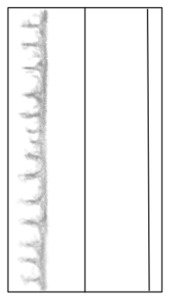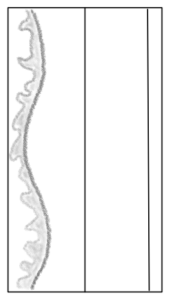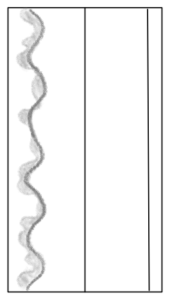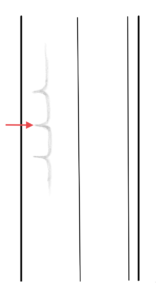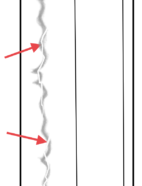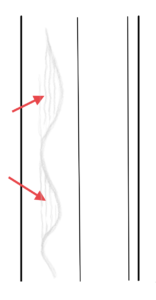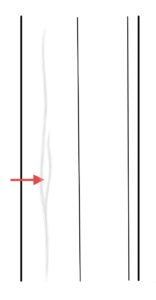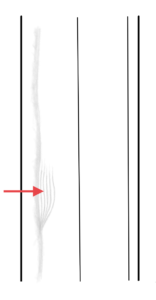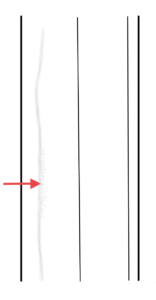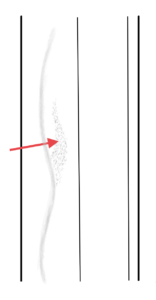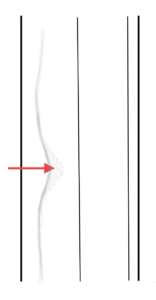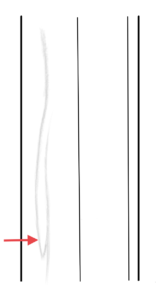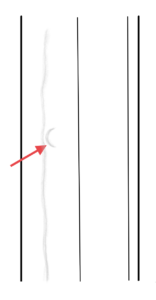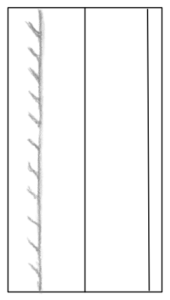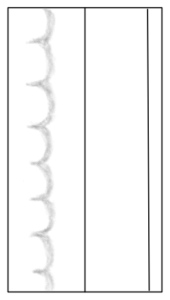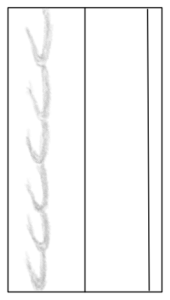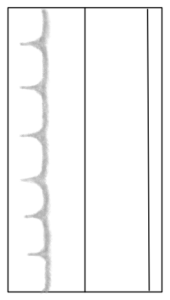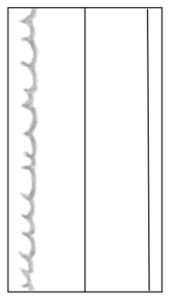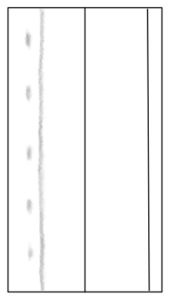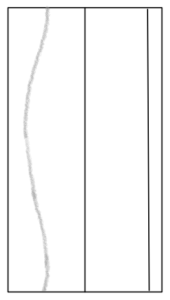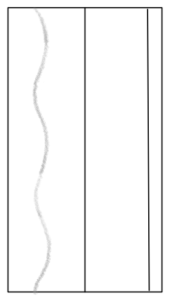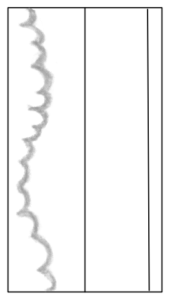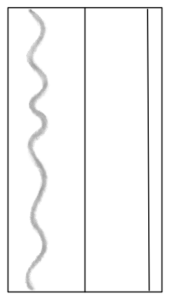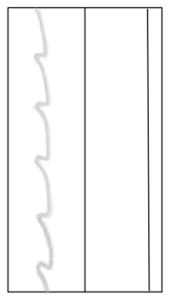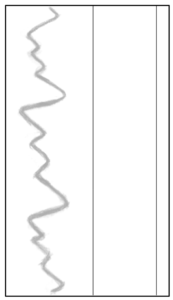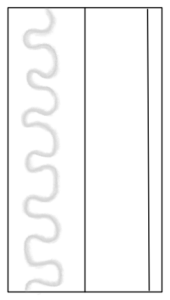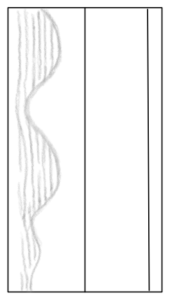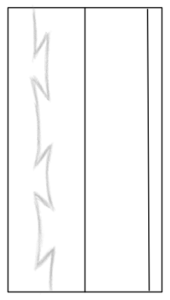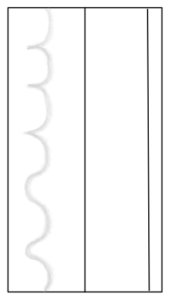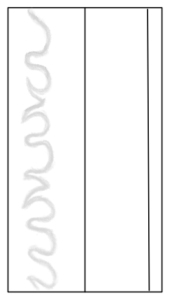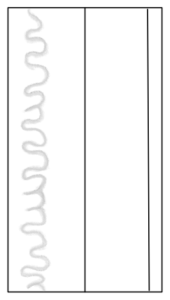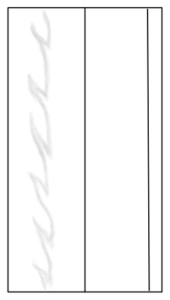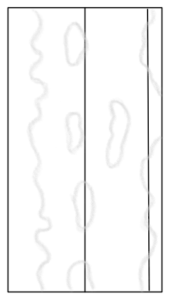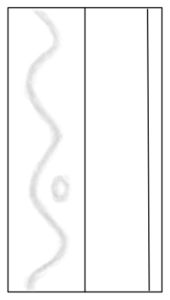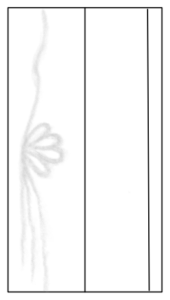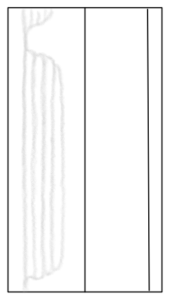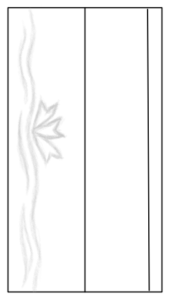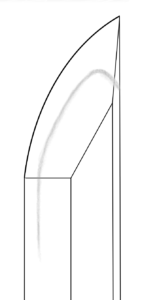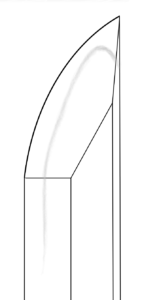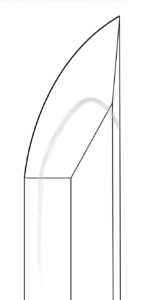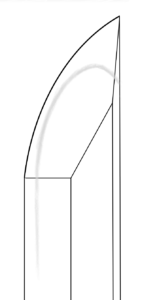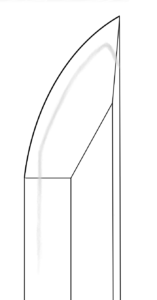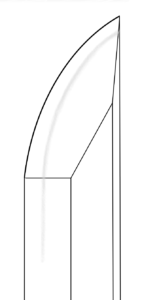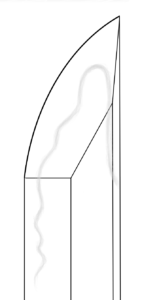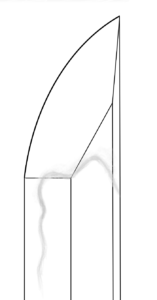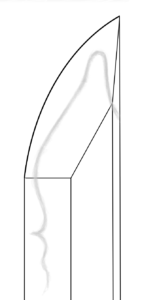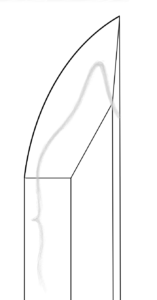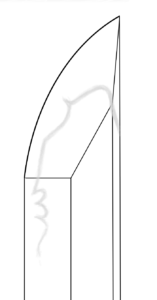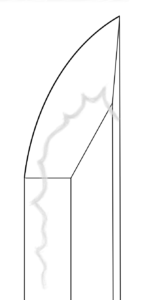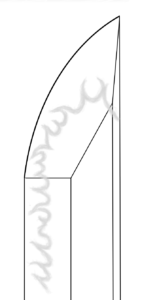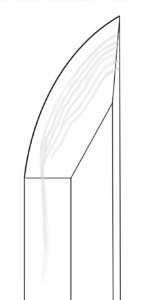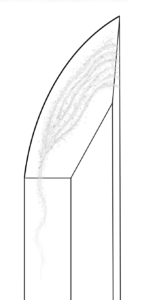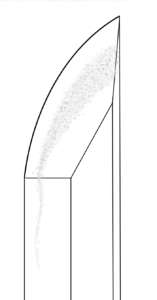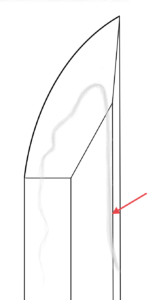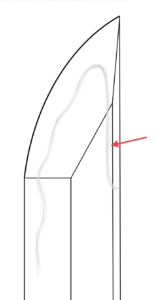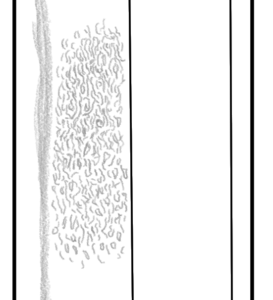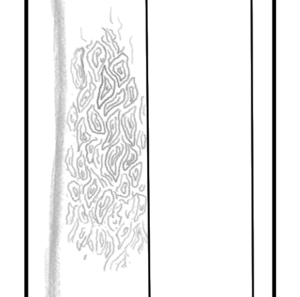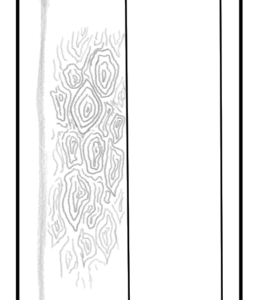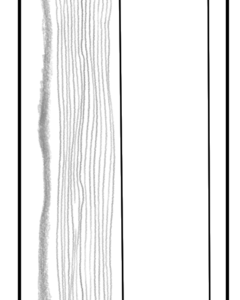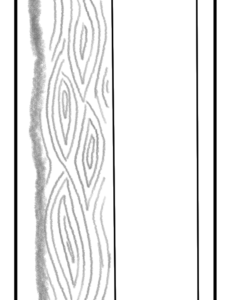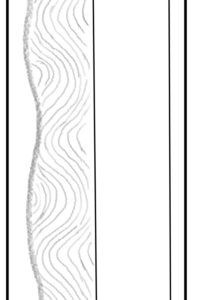Kantei App
Thank you to everyone who tested Kantei.app and provided us with feedback. It was quite an interesting time, but we have decided to discontinue support for the time being. If you’d still like to try the App as it is, just send us an email and we will arrange account registration for you.
Kantei
Kantei is the attribution of swords (or other items) to their origin, i.e. their period of production, school or even the exact Artist by studying and identifying their individual characteristics. For beginners this activity is extremely difficult as we first have to learn and remember all the special vocabulary used for the characteristics and second have to be able to correctly identify them when seeing them on the blade infront of us. Finally of course remembering which characteristic was used by which school or in which period and combining all this knowledge to come to the right answer requires years of study and what is more important, requires to look at a lot of swords.
However, we have dedicated this part of Tsuba.info to everyone who wants to improve their Kantei skills and is looking forward to the moment after being handed a sword requested to do a Kantei, when they reply briefly “Rai Kunimitsu” and the eyes of the old Japanese person in front of them grow wide and a sublime smile forms on his face.
The Characteristics of Nihonto
Explanation of the different characteristics visible in Japanese blades. The following list concentrates on the main characteristics needed to identify a sword during Kantei. Of course, there are many more special features. Leave us a comment if you find important features missing.
There were many different types of blades produced in Japan. However, you will generally come accross the following during Kantei:
- Tanto
- Wakizashi
- Katana
- Tachi
The general structure of the blade is defined by the Ha, the Shinogi and the Yokote
- Shinogi-zukuri
- Hira-zukuri
- Kiriha-zukuri
- Katakiriha-zukuri
- Moroha-zukuri
- Shobu-zukuri
- Kissaki-moroha-zukuri
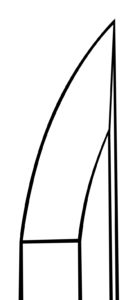
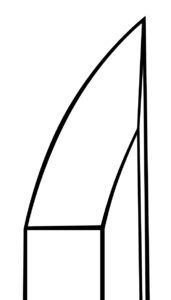
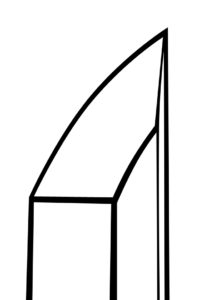

Any Hamon you will find on a blade consists of one of the basic patterns below. However, you will often find them mixed with other characteristics like Hataraki and it is sometimes difficult to distinguish the base pattern.
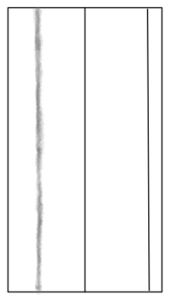
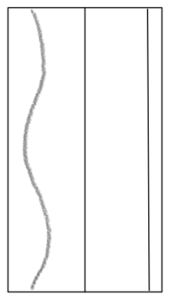
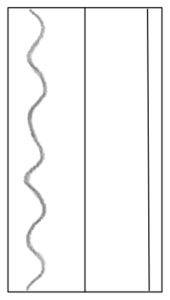
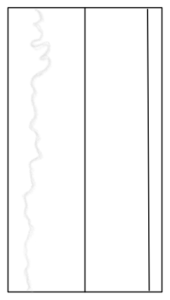
One special feature of a Hamon is its Deki which is named after the size of the visible grains in the Hamon. The main Deki are Nioi Deki and Nie Deki. There are also further attributes to distinguish between the size of Nie such as Ara-Nie or Ko-Nie.
Below you can find several examples of how certain Hamon can vary from the basic patterns.
The Boshi refers to the pattern of the Hamon in the tip of the blade. It is often not easy to identify a Boshi clearly due to difficulty in handling the sword or the polishing of the Kissaki.
Furthermore the form of the Boshi can be distinguished by its amount of Kaeri.
By looking at the Jihada one can identify the way the steel was folded during forging. There are only few base patterns and distinguishing clearly between them is difficult. As a general rule Koto blades show more rough forging structures while Shinto and Shin-Shinto blades even more exhibit a very fine Jihada. In most cases it is sufficient being able to distinguish Itame from Masame as many times Itame is mixed with Mokume anyhow. It is also possible to see several kinds of Jihada in one blade.








